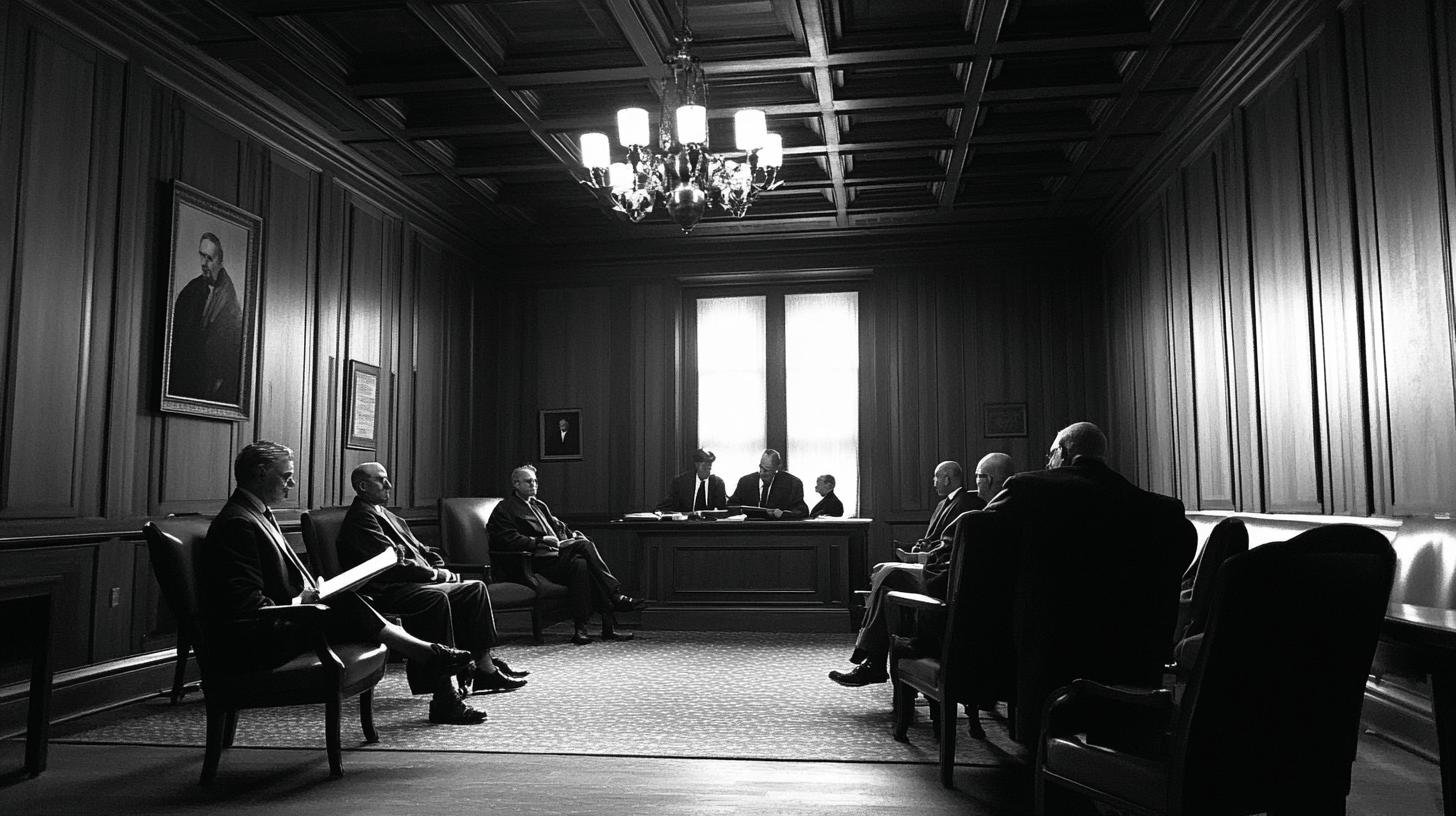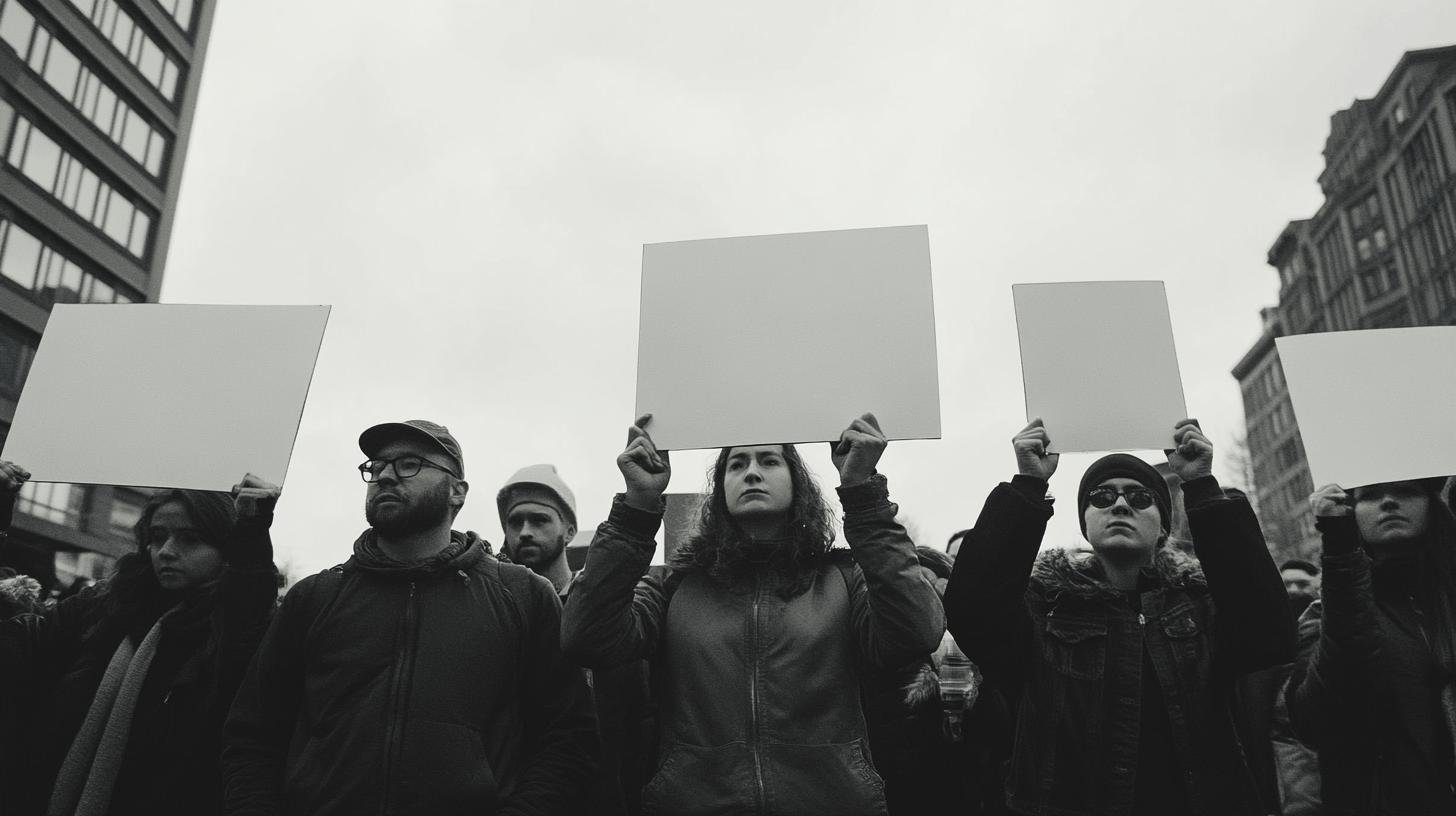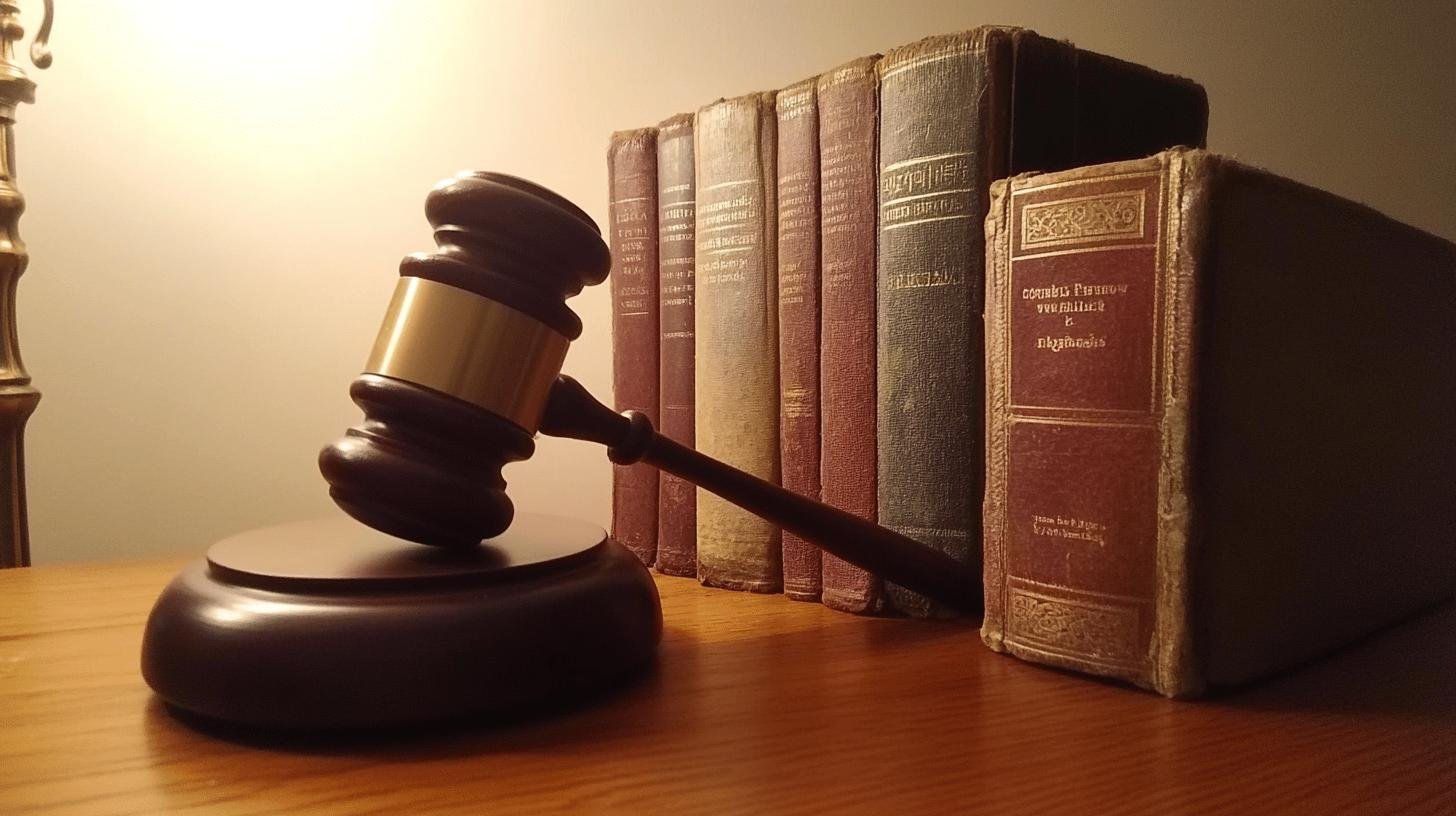TL;DR:
- First Amendment: Protects free speech but has limits for safety and order.
- Unprotected Speech Categories: Include harassment, true threats, incitement of violence, unlawful conduct, and intimidation.
- Key Court Cases: Schenck v. United States (clear and present danger) and Brandenburg v. Ohio (advocating illegal action).
- Social Media Impact: Platforms face challenges with misinformation, hate speech, and content moderation.
- Global Approaches: Vary in speech restrictions; U.S. offers broad protection, while countries like Germany and France impose stricter laws.
- Ongoing Debate: Balancing free expression with harm prevention is crucial for democracy and marginalized voices.
Is freedom of speech truly free? While the First Amendment grants Americans the right to express themselves, it’s not without limits. This blog unpacks the legal boundaries that balance free speech with societal safety. Curious about what speech is legally protected and what isn’t? Dive into the complexities of harassment, threats, and incitement—speech types that the law restricts. Gain insights into how the judicial system defines and enforces these limits. Discover the fine line between expressing an opinion and breaking the law.
Understanding the Legal Limits on Freedom of Speech
The First Amendment is a key part of American democracy. It protects the right to free speech, allowing people to share ideas without government interference. This freedom is crucial for promoting discussions and diverse viewpoints. Yet, this right isn’t limitless. Some types of speech aren’t protected due to constitutional restrictions needed to balance freedom with safety and order.
Certain speech categories aren’t under the First Amendment’s protection because they can cause harm or break laws. These include:
- Harassment: Unwelcome and discriminatory conduct that blocks equal access to education or jobs.
- True threats: Statements intending violence, creating fear in victims.
- Incitement of imminent violence: Speech that risks public safety by encouraging violence or lawless actions.
- Unlawful conduct: Acts like vandalism that break laws.
- Intimidation: Speech aiming to instill fear of harm.
The judicial system plays a crucial role in interpreting and enforcing these limits. Courts assess if speech is unprotected by examining context, intent, and potential impacts. Landmark cases like Virginia v. Black ensure fair and consistent application of these restrictions. This legal framework balances safeguarding free speech with protecting society from harm.
Historical Perspectives on Speech Restrictions

Throughout history, free speech has been a powerful tool for social justice. In the Civil Rights Movement, figures like Martin Luther King Jr. used speech to fight racial segregation. Similarly, the women’s suffrage movement relied on free expression to demand voting rights. These movements highlight speech’s ability to challenge injustices and drive change, underlining the importance of protecting speech that questions the status quo.
Pivotal Court Rulings on Speech
Important court cases have shaped speech laws. In Schenck v. United States, the Supreme Court introduced the “clear and present danger” test, limiting speech threatening national security. Another key case, Brandenburg v. Ohio, safeguarded speech advocating illegal action unless it incites immediate lawless acts. These rulings show how courts balance free speech with safety concerns.
Speech laws significantly impact civil rights and social justice. Sometimes, restrictions hinder progress by silencing dissent. However, legal protections empower marginalized groups to advocate for their rights. Understanding the historical context of these laws reveals how vital free expression is for equality and justice.
The Role of Social Media in Modern Free Speech Limits
Social media has changed how we express ourselves, with platforms like Facebook and Twitter central to modern speech debates. The internet is now a global stage, where ideas spread instantly. This democratizes speech, giving a voice to many who were unheard before. However, this freedom comes with responsibilities and challenges that require careful thought.
Content moderation is complex. Platforms struggle to identify harmful content while respecting free expression. Misinformation spreads quickly, often faster than fact-checking efforts. Hate speech and cyberbullying are ongoing challenges, as both automated systems and humans find it hard to differentiate between harmful and benign content. The sheer volume of data makes fair moderation tough.
The legal implications of social media regulation are debated fiercely. Lawmakers craft laws balancing free expression with public safety. Should platforms be liable for user content? Current laws, like Section 230 of the Communications Decency Act, limit platform liability, but reform calls grow louder. The debate revolves around whether platforms should be more like publishers or remain neutral intermediaries.
| Challenge | Description |
|---|---|
| Misinformation | False information spreads quickly, challenging fact-checking efforts. |
| Hate Speech | Identifying and moderating abusive language remains a complex issue. |
| Platform Bias | Algorithms can unintentionally favor certain viewpoints or content types. |
| Privacy Concerns | Balancing user privacy with regulation poses ongoing ethical dilemmas. |
Looking ahead, how might social media speech regulation evolve? Pressure for transparency and accountability will likely grow. As technology advances, AI may improve content moderation, but human oversight will remain essential. Governments and platforms might collaborate more to protect free speech while curbing harm. These discussions will shape how online spaces balance freedom with responsibility.
Ethical and Societal Implications of Speech Limitations

How do speech limits affect democracy? They can undermine open discourse, essential for a healthy democracy. Government-imposed restrictions risk silencing dissent, creating environments where only certain voices are heard. This can lead to a lack of accountability, vital in democratic governance. Speech restrictions can also cause a chilling effect, where people self-censor out of fear.
For marginalized groups, censorship can silence those who use free speech to challenge oppression and advocate for rights. Historically, these groups have used speech for empowerment and change. Limiting their voices can increase inequalities and slow progress toward justice. Censorship affects not only those targeted but also discourages wider societal participation in important discussions.
- Maintaining balance between free speech and harm prevention
- Ensuring fairness and avoiding bias in enforcement
- Protecting vulnerable populations from harmful speech
- Recognizing the historical role of free speech in social change
Different views on balancing free speech with harm are crucial. Some say speech limits are needed for protection and harmony. Others argue that any restriction threatens democracy and liberty. The challenge is finding a middle ground that respects free expression while preventing harm. This ongoing debate highlights the complex nature of speech limitations.
Comparing Global Approaches to Free Speech Limits
The U.S. offers broad free speech protection, restricting it only in cases of direct harm, like incitement or threats. This contrasts with countries like Germany and France, where laws against hate speech and Holocaust denial prioritize societal harmony. Such differences reflect varying cultural values and historical contexts in speech regulations.
- Germany: Strict laws against hate speech and Holocaust denial.
- France: Enforces laws against hate speech and certain religious symbols.
- United Kingdom: Prohibits speech inciting violence or hatred based on race, religion, or sexuality.
- China: Broad restrictions on speech, with heavy censorship of political dissent.
- Canada: Balances free speech with laws against hate propaganda and discrimination.
Cultural values significantly shape global speech laws, reflecting diverse legal priorities and societal norms. Many Western democracies focus on protecting minority rights, while others emphasize national security and public order. Trends in regulation show a global debate on balancing free speech with harm prevention, as countries reassess challenges posed by digital communication.
Final Words
Understanding the limits on freedom of speech involves dissecting legal protections, historical contexts, and current debates. The First Amendment offers robust protections, yet not all speech falls under its safeguard. Historical and legal challenges have shaped these boundaries over time.
In today’s world, social media platforms present fresh challenges. They complicate free expression while exposing users to new types of content moderation. Each country also brings its unique perspective, reflecting diverse cultural and legal values. Balancing free speech and societal safety remains crucial across the globe.
FAQ
What are the main limitations of freedom of speech?
Legal limits on speech include harassment, threats, intimidation, incitement to violence, and unlawful conduct. The First Amendment does not protect these types of speech.
Why are limits to free speech important?
Limits are crucial to safeguard against harm and ensure public safety. They prevent actions like inciting violence or making credible threats.
Which Amendment protects freedom of speech?
The First Amendment of the U.S. Constitution protects freedom of speech. It ensures individuals can express ideas without government censorship.
Why are there limits to freedom of speech?
Limits exist to balance individual speech rights with societal protection. This prevents speech that can lead to violence, threats, or illegal acts.
What are examples of freedom of speech?
Examples include political speeches, protests, and publishing opinions. These are protected under the First Amendment, given they do not incite harm or violence.
Why is freedom of speech important?
Freedom of speech is vital for democracy. It allows open debate, supports social change, and ensures government accountability.
What are examples of freedom of speech violations?
Violations occur when speech is unlawfully restricted without valid legal reason, such as censoring political critique without cause.
What limits exist on American freedoms?
Limits on speech include prohibitions against defamation, incitement, and threats. These laws aim to protect individuals and maintain order.
What clause limits freedom of speech?
The First Amendment includes clauses that allow limits on speech to prevent harm, violence, and lawlessness.
Under what circumstances can First Amendment freedoms be limited?
Freedoms are limited when speech incites violence, spreads defamation, makes true threats, or crosses into unlawful conduct.

